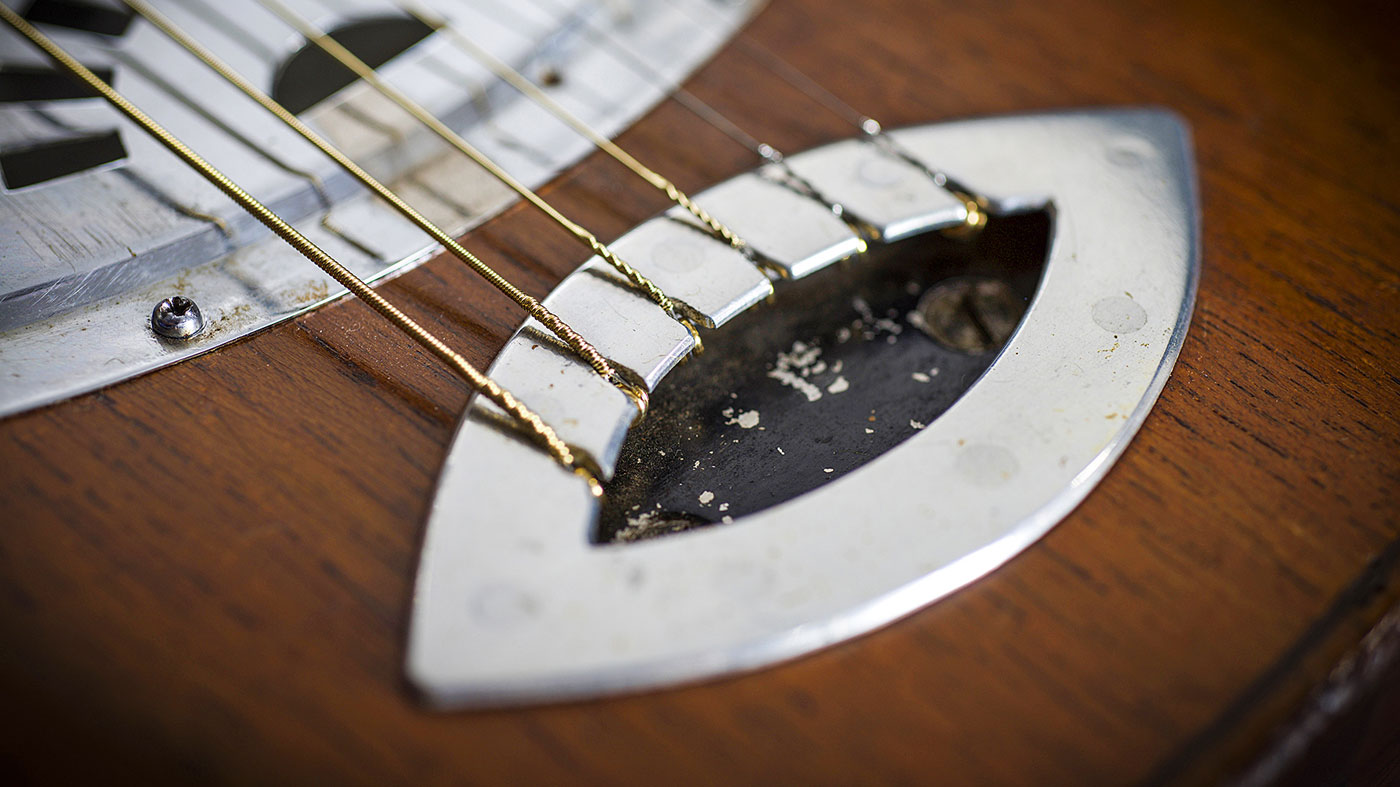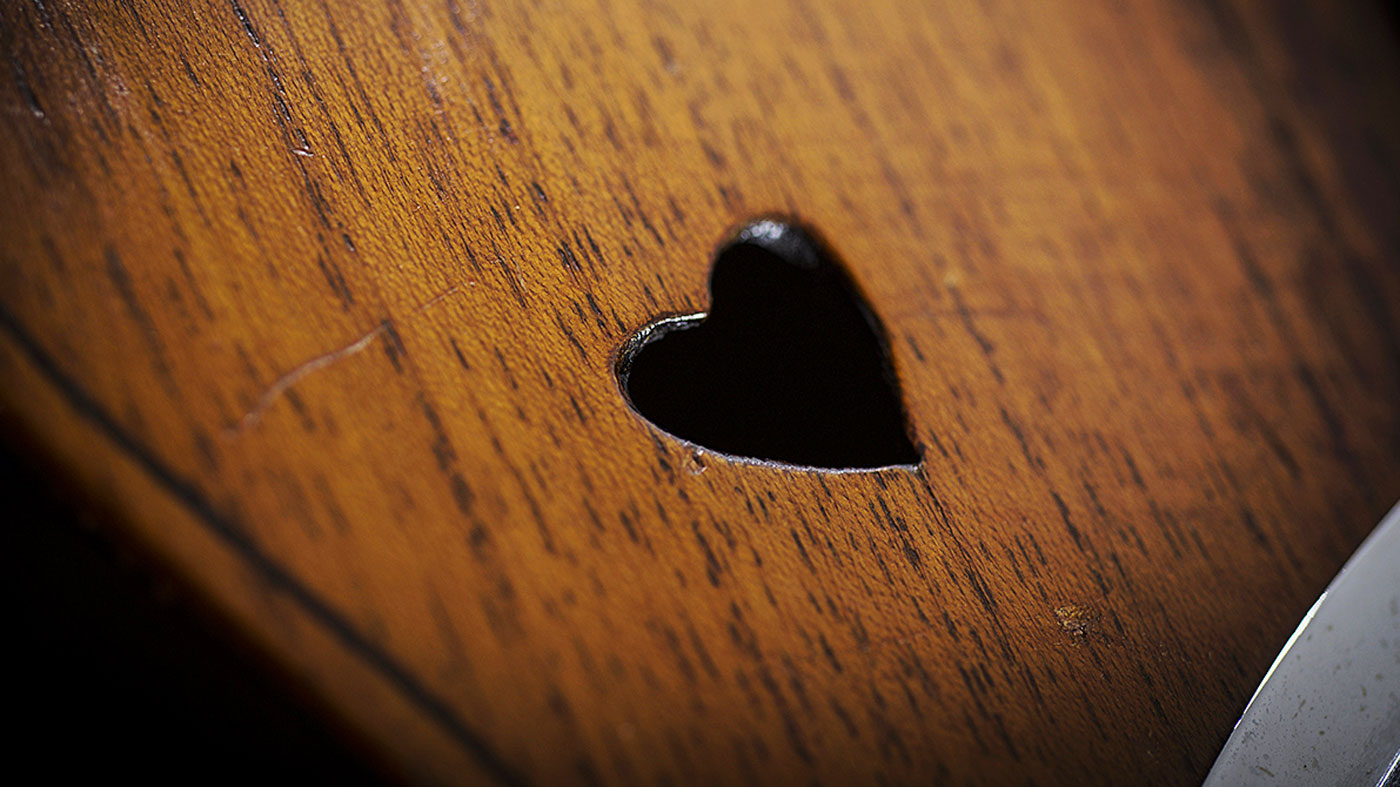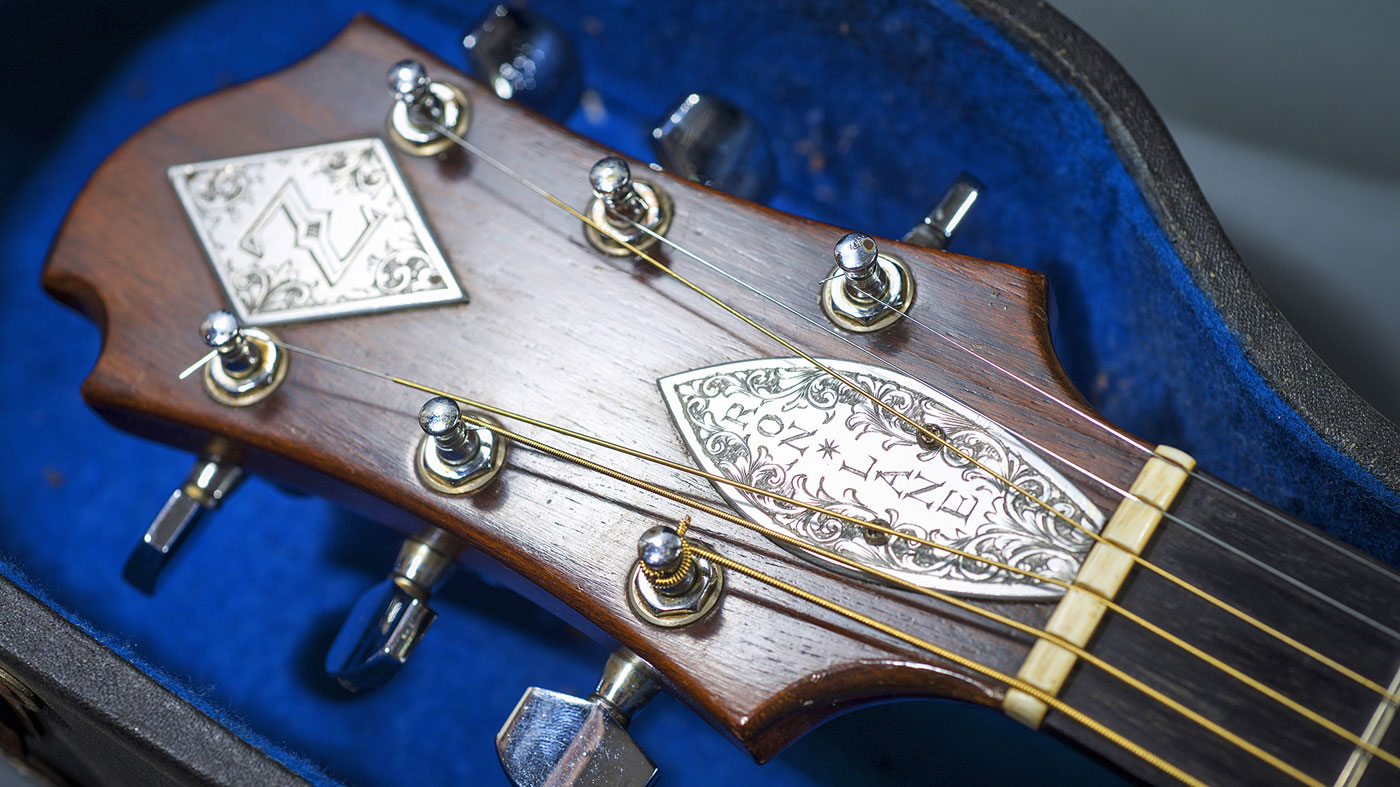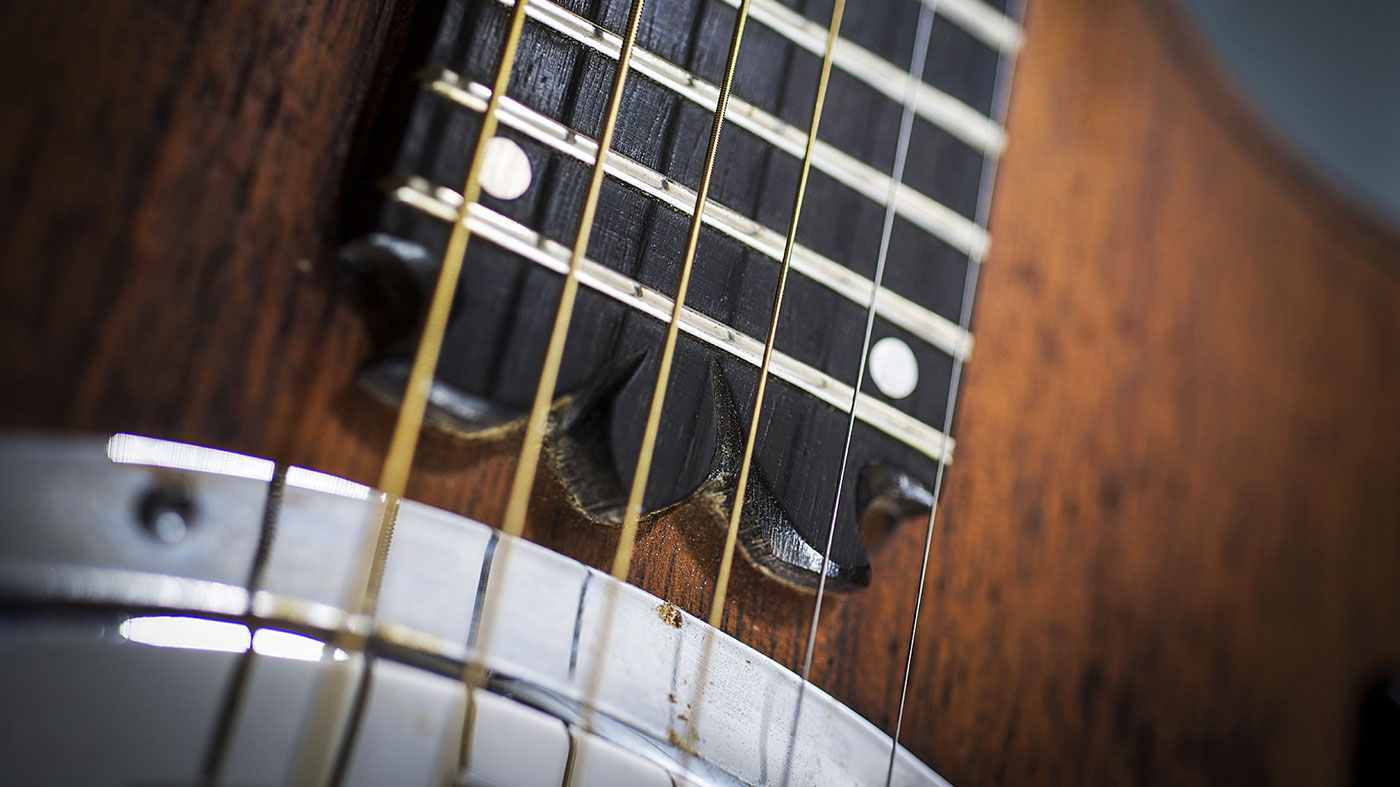Under the microscope: Ronnie Lane's Zemaitis resonator
Up close with the Small Faces guitarist's truly individual instrument

Introduction
This magnificent resonator guitar was built for Ronnie Lane in 1971 and can be heard on many of his recordings.
They formed the Small Faces, so-called because none of the members of the band were taller than 5ft 5in
Ronnie Lane was born in Plaistow, London on 1 April 1946, and began playing guitar after leaving school. His first band was formed with drummer Kenney Jones and the pair subsequently went on to meet up with Steve Marriott and Jimmy Winston to form the unforgettable Small Faces, so-called because none of the members of the band were taller than 5ft 5in.
Don't Miss
Under the microscope: Mike Oldfield's Tubular Bells 1966 Fender Telecaster

About Face
Here, Lane and Marriott formed a strong songwriting partnership, authoring the massive hits Itchycoo Park, Lazy Sunday and Tin Soldier together.
The Resonator ‘Z’ was something completely different
But by the end of the 1960s, Marriott had left the band to form Humble Pie and the Small Faces had morphed into the Faces, with Rod Stewart as their charismatic, football-mad frontman.
Around this time, when the Faces were riding high in the charts and the legendary album A Nod’s As Good As A Wink… To A Blind Horse had been unleashed on an unsuspecting public, Ronnie commissioned this guitar from Tony Zemaitis.
He already had a number of Tony’s instruments, including the bass he used at the time, but the Resonator ‘Z’ was something completely different.

From the heart
A few years before, Eric Clapton had taken possession of a 12-string Zemaitis that had such a huge sound that it was nicknamed ‘Ivan The Terrible’.
The same jig as Clapton's Ivan was used to form the resonator’s body - it’s absolutely massive!
With a heart-shaped soundhole and further decorative hearts on the body, Ivan was a thing of wonder and it’s quite possible that Ronnie witnessed it at some point and asked Tony to recreate it in a slightly less ornate resonator form.
Certainly, the same jig was used to form the resonator’s body - it’s absolutely massive!

One of a kind
A brief look at the spec reveals the resonator assembly was taken from Ronnie’s old Gretsch Sho-Bud guitar and rehoused by Tony in the mahogany body here.
The headstock bears a truss-rod cover and nameplate both engraved by Danny O’Brien
The guitar has a 24-fret neck - unusual for an acoustic - and the headstock bears a truss-rod cover and nameplate both engraved by Danny O’Brien. Note the characteristic ‘wave’ in the wood at the top, a kind of unofficial trademark of Tony’s guitars.
Peeking inside the body via one of the decorative hearts, it’s possible to see some writing, most notably, ‘A C Zemaitis 1971 For Ron Lane’. There are also some pencilled notes with the dates the guitar was returned to the workshop for repair.

Good Knight
After Ronnie died in June 1997, having battled with multiple sclerosis for many years, the guitar was in the safe-keeping of Ronnie’s brother, Stan.
It’s had a transducer pickup fitted, so that the guitar can keep on doing what it was made to do
After some gentle badgering by friend and guitar collector Keith Smart, Stan agreed to sell the guitar to him in October 2005 and it has since been set up by Knight Guitars.
It’s had a transducer pickup fitted, so that the guitar can keep on doing what it was made to do - play music to live audiences.
This year would have seen Ronnie Lane’s 70th birthday and it’s great to think that a little bit of the man’s legacy lives on in this instrument, still loud and still proud!
Don't Miss
Under the microscope: Mike Oldfield's Tubular Bells 1966 Fender Telecaster

